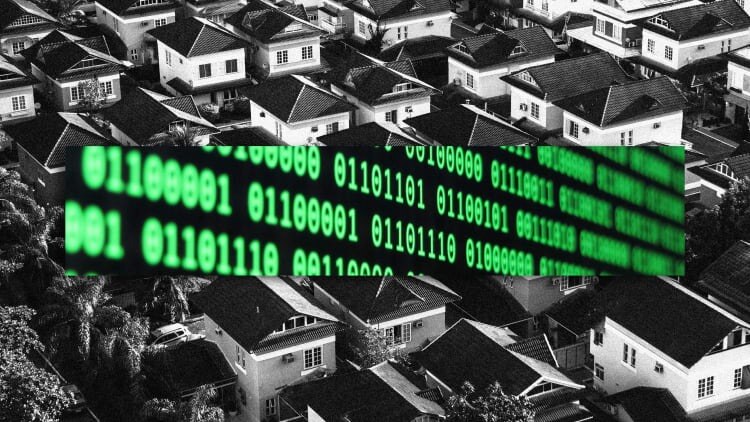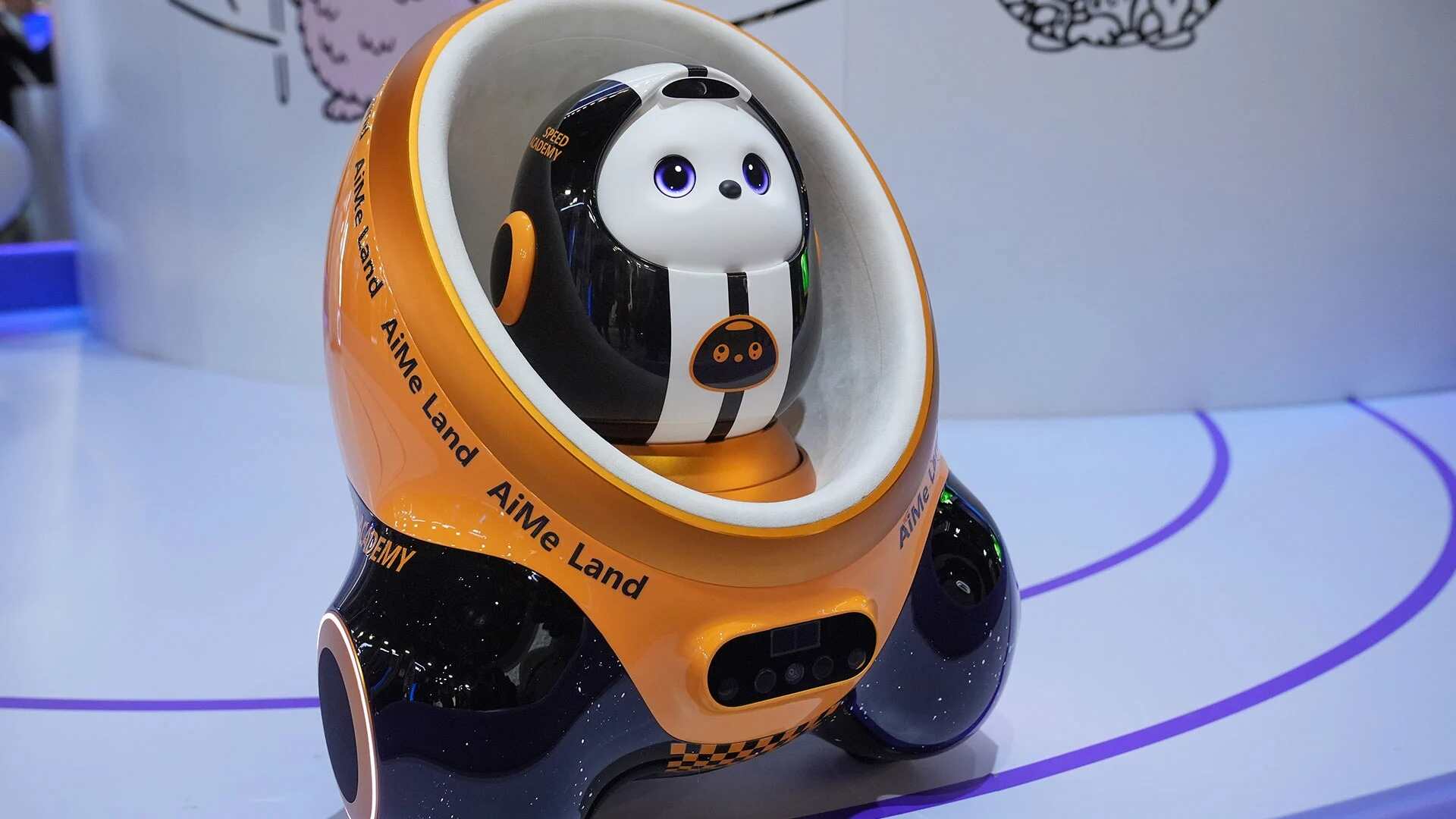- | 9:00 am
Buildings’ intelligence can help us prepare for the future
AI can address the housing crisis, climate change, and the senior tsunami. How?

We have a climate crisis. We have a housing crisis. We are on the brink of endangering our rapidly rising aging population.
Once you realize these three seemingly disparate issues have a connecting thread, which is physical buildings, the path to addressing the impact becomes clear.
Buildings are the problem and the solution. Why?
Buildings and construction account for 37% of global carbon emissions.
The housing shortage: The cost of housing has resulted in people living even further away from cities, increasing dependency on cars while increasing carbon emissions. Additionally, building houses increases carbon emissions and these housing options are often located in areas that are more susceptible to the impact of extreme weather such as wildfires and floods.
One way to address this issue is to rezone commercial real estate. While proposals for supporting mixed-use buildings are in play, the supply is not keeping up with the demand. And the buildings being retrofitted are typically older, therefore emitting more carbon.
The silver tsunami: Related to housing issues is the silver tsunami. The world is on the brink of a massive demographic shift as one in six people globally will be over the age of 60 by the year 2030. The ability to properly care for older adults is not assured. In a recent report from the American Health Care Association and National Center for Assisted Living (AHCA/NCAL), the nursing home staffing shortage is indeed a dire situation.
Due to ongoing labor shortages, 55% of nursing homes had to turn away prospective residents and patients over the past year. Also, 24% have closed a wing, unit, or floor, and 21% are downsizing beds or units. This is assuming all aging adults can afford to move into a nursing home. As the population ages and the cost of living and healthcare increases, countries around the world are not prepared.
AI CAN PROVIDE BUILDING INSIGHTS
Issues stemming from the climate crisis, housing crisis, and the impact of an increasingly older population can be curbed through a better understanding of how people actually use buildings. This is where AI can play a critical role in effecting change.
Let’s face it: Buildings have not changed much over the past century. Certainly, new building materials and aesthetics are used to modernize them and reduce their carbon footprints. But the ways that buildings are used is outdated at best, catastrophic at worst.
AI can provide insight on building occupancy, optimization, foot traffic, energy efficiency, carbon emissions, and more. This makes it possible to transform buildings to be people-aware while respecting privacy and anonymity.
Consider the return to the office. Many employers invested resources in monitoring badge check-ins and redesigned the space to be more efficient. What they learned is that fewer employees were showing up due to the lack of privacy, abundance of noise, and workspaces that were counterproductive. Large conference rooms were being co-opted for individual work, making it difficult for teams to gather in a dedicated space while forcing the building to heat/cool a large space for an individual.
Armed with accurate AI data, employers are able to better understand how employees actually use the office. The result is that employers can transform offices to reflect the company’s culture and support collaboration, privacy, and productivity.
Another example is the use of AI to close staffing gaps in senior living. Detecting subtle changes in a resident’s movements creates an opportunity to proactively identify and address potential health issues such as frailty and fall prevention. This also replaces the traditional staffing model of hourly resident checks with AI-driven insights and alerts.
Using AI to make buildings more responsive to human needs allows us to optimize spaces and make them more comfortable, safe, and energy efficient. When we listen to what buildings are telling us, what they say may change the course of history.
Honghao Deng is CEO and cofounder or Butlr.







































